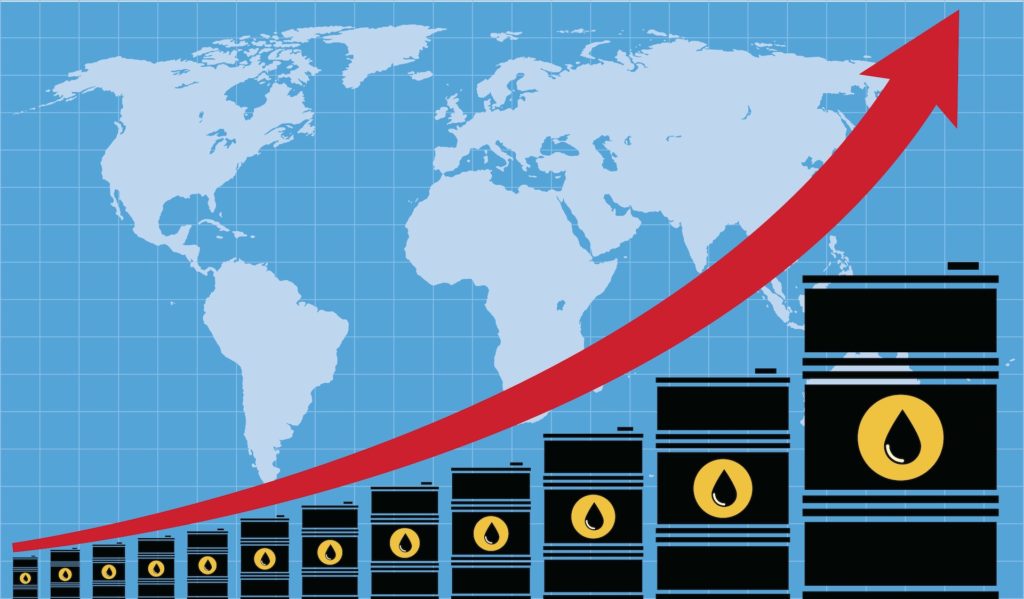
The question is what happens first. Peak demand or peak investment? This is a fascinating question that will likely remain open for quite some time; it seems as if forecasts are even more unreliable than usual in the post-pandemic world. From $35 per barrel to $130 per barrel – this is the range for oil prices in the next few years that we could see, according to a commodity trading group.
Oil prices are likely to be extremely volatile in the next few years, driven by supply constraints rather than demand as financing for new production evaporates in favour of renewables, U.S.-based Castleton Commodities International said. https://www.reuters.com/business/energy/brace-huge-oil-volatility-us-trading-group-says-2021-06-16/ “You could see spikes to even higher than $100 a barrel, even $130, and you could also see it go down to $35 a barrel for periods of time going forward,” William Reed II, chief executive of Castleton Commodities International, said at the FT Global Commodities Summit.
Oil may surge to $100 a barrel next year as travel demand rebounds, Bank of America said, the strongest call yet among major forecasters for a return to triple digits. Global oil consumption will continue to outstrip supply in 2022 as the economic recovery from the pandemic boosts fuel consumption, while investment in new production is crimped by environmental concerns, the bank said in a report.
“There is plenty of pent-up oil demand ready to be unleashed,” said Francisco Blanch, the bank’s New York-based head of commodities research. Brent futures traded near $74 a barrel on Monday. While other market-watchers, from trading house Trafigura to Goldman Sachs, have already said that oil could reach $100 again in the right conditions, the prediction from Bank of America is the firmest to date.
According to Bank of America, the immediate prospects for the OPEC+ alliance are bright. Oil consumption will be bolstered next year as mass transit struggles to keep pace with extra travel demand, prompting passengers to make greater use of private cars. Even the ongoing popularity of remote working won’t dent fuel consumption as much as expected, as home-workers use cars during the day to run personal errands, the bank said.
“Work-from-home means ‘work-from-car’ in many cases,” Blanch said. At the same time, the bank expects that new oil supplies will remain constrained. Shareholders will pressure major companies to invest in renewable energy, or push shale drillers to return cash rather than spend on new drilling. If crude does return to triple digits, it will be the first time since 2014, before a flood of North American shale oil sent the market into a slump from which it has never fully recovered. The increasingly bullish outlook for oil is adding to pressure on the OPEC+ coalition led by Saudi Arabia and Russia, which meets next week to consider reviving some more of the production it cut during the pandemic, said Bloomberg.
OPEC+ is discussing a further easing of oil output cuts from August as oil prices rise on demand recovery, but no decision had been taken yet on the exact volume to bring back to the market, sourced told Reuters. “It is highly possible to increase gradually from August,” said one of the sources. “Reports that OPEC+ is already discussing, ahead of its scheduled meeting, to increase its output from August indicates that the demand-supply gap is already becoming an issue and that the alliance is working on a plan to tap that deficit,” Louise Dickson of Rystad Energy said in a statement. “The OPEC+ chatter to raise supply is the most bearish risk for the recent oil price rally, which has been propelled on strong summer demand and an overall conservative supply environment.”
